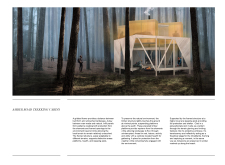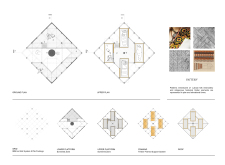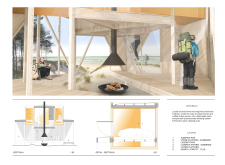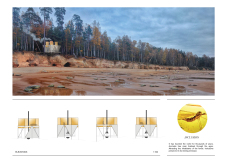5 key facts about this project
## Project Overview
The project is situated in [Insert Specific Location], within a context that includes [briefly describe surrounding environment or urban fabric]. Designed by [Architectural Firm/Designer], the structure aims to fulfill [specific functional goals] while responding to the needs of its users and the characteristics of the site.
## Spatial Configuration
The layout emphasizes a clear organizational strategy, with distinct zones tailored for [define public, semi-public, and private spaces]. Circulation paths have been designed to facilitate efficient movement, connecting different functions and encouraging interaction among users. The interplay between open and enclosed areas enhances the overall experience while accommodating diverse activities.
## Material Selection
The selection of materials plays a critical role in achieving both aesthetic and functional objectives. Notable materials include [Material 1: Full Name and Description], [Material 2: Full Name and Description], each chosen for [cite specific qualities such as durability, environmental performance, or visual appeal]. These materials not only align with the project’s sustainability goals—such as [mention relevant sustainability features or certifications]—but also contribute to the building's integration within its context.



























